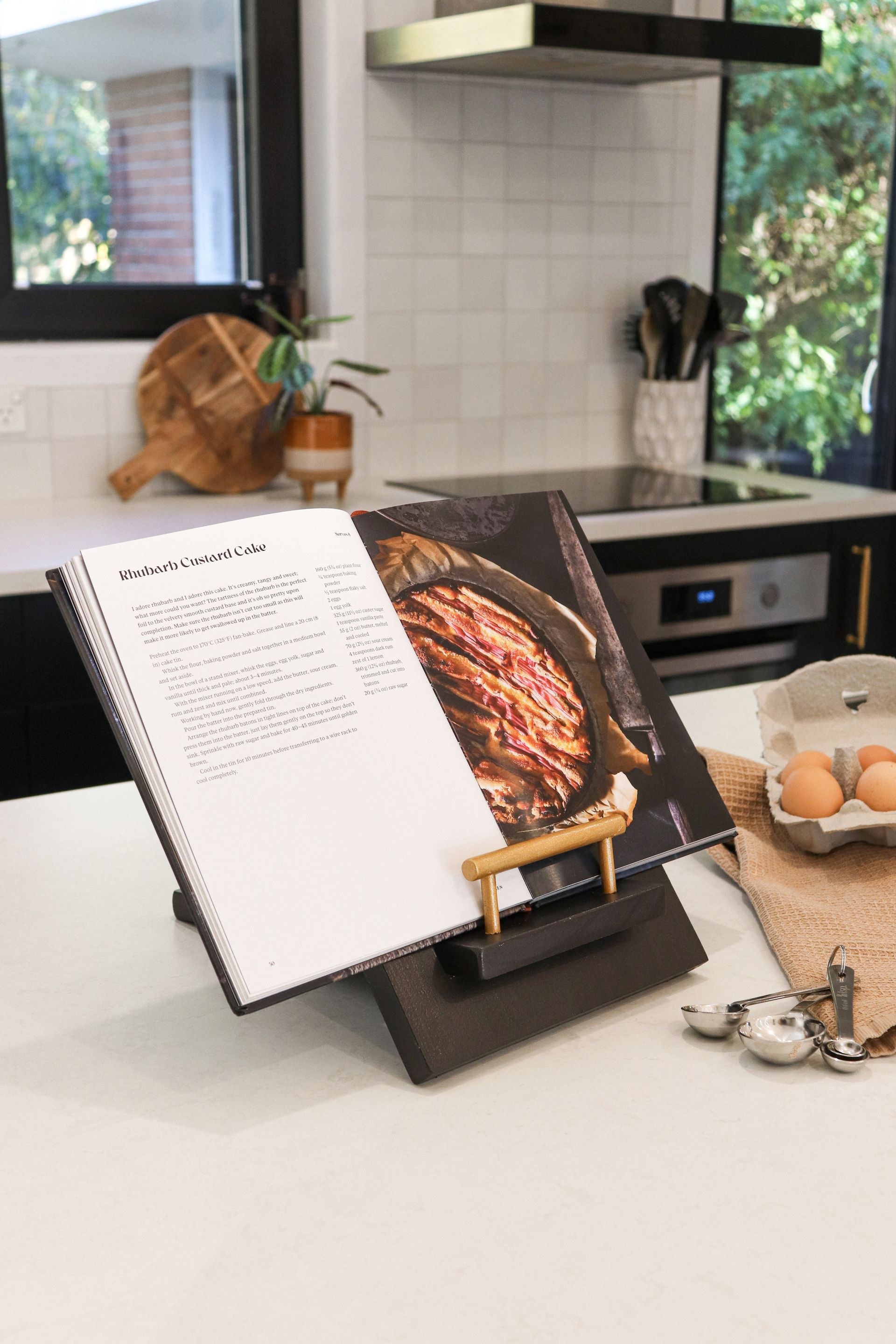There is a touch of pride in the voice of Cheryl Morrall as I talk to her about the 10-year celebrations of Down by the Liffey Gallery, and so there should be. For 10 years this beautiful gallery space has been run by the community, for the community. A mammoth feat for a volunteer organisation.
‘It is a little gallery with a big heart,’ describes Cheryl Morrall of Down by the Liffey Gallery, and she isn’t wrong. Established as a dedicated space in which local and emerging artists could exhibit their work, it has become a stalwart in the Lincoln community, with regular visitors popping in to view the new offerings.
‘Our exhibitions rotate monthly,’ explains long-standing committee member Mike Glover. ‘The intention of the gallery has always been to give emerging artists, young and old, an opportunity to get their foot in the door of the New Zealand art scene.’ As an artist himself, Mike knows all too well how hard it can be to put yourself out there. ‘It has been wonderful to be part of such a successful community art initiative.’
‘Above all, we value our link and connection with the community, which is why our exhibitions typically showcase local artists,’ continues Cheryl. The annual Community Art Month, where local school children (of all ages) and other members of community art groups are invited to show their work, is a further highlight of the committee’s ongoing dedication to their local supporters.
Francie and Jim Conolly of Down by the Liffey Gallery
While the array of talented artists, across all mediums, is the first draw card for visitors, the building itself is more than worth the trip. Built in 1911 to celebrate the Coronation of King George V, the ‘Coronation Library’ (as it was once called) was opened on 18 April 1912, on a parcel of land that in 1873 had been gifted to the ‘inhabitants of the Lincoln School District for the purpose of a library and reading room’ by William Tod. The building served as a library until the 1960s, had various other users and lay dormant for a while, before it became a Toy Library from 1997 to 2007.
In 2011 as the building reached its century, a group of local artists and enthusiasts who had previously exhibited in private premises applied for, and were granted permission to use the building as a gallery. The concept was then driven by husband and wife duo Jim and Francie Conolly. ‘While there was a number of locals involved in the establishment of the gallery, they were instrumental in shoulder-tapping people to help, finding artists and getting it up and running,’ explains Mike.
Looking forward to October of this year (2021) they are relishing in the success of reaching a decade of operation, a milestone they are set to celebrate in style with a two-week exhibition and silent auction, culminating in a gala event on 31 October. ‘There will be food, music, drinks and of course art,’ enthuses Cheryl. ‘A real occasion for the whole community.’
When asked about what makes this gallery such a special place, both Mike and Cheryl are in quick agreement – it is all about the people. ‘It is what the gallery was formed upon,’ concludes Mike. ‘It’s a lovely little space, with incredible history.’
‘It’s just beautiful,’ smiles Cheryl. I couldn’t agree more.
For more information, visit
downbytheliffeygallery.com.
Recent stories



All Rights Reserved | CountryWide Media



